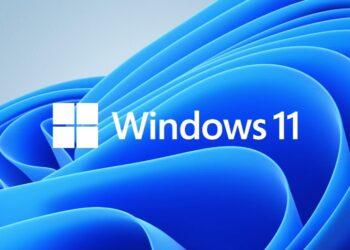Today computers and accessory devices have engrossed a huge part of our life and is helping us in almost every day to day work, either in home or office. Over the past couple of years there has been a huge advancement in the computing world. But to keep up with the machines, one needs to take proper care and maintenance of the computers. It’s a well known problem that your computer or laptop starts working slowly as days go by. But that definitely does not mean that you have to change the console or buy a new one. If you follow some of the simple methods you could make it work fast all over. Disk defragmentation is one such easy way to increase the speed and performance of your computer effectively and significantly.
But before we move on to discuss about it, one must have a clear idea about fragmentation and defragmentation. In the context of administering personal computers and laptops, defragmentation is a process which reduces the quantity of fragmentation in the computers file systems. It does this by physically organizing the contents of the disk to store the pieces of each file and data close together. It also attempts to create larger regions of free space using compaction to impede the return of fragmentation. Some defragmenters also try to keep smaller files within a single directory together, as they are often accessed in sequence. The movement of the hard drive’s read/write heads over different areas of the disk when accessing fragmented files is slower compared to accessing a non fragmented file in sequence, without moving the read/write heads. Fragmentation takes place when the operating system will not or cannot allocate enough contiguous space to store a complete file system as a unit, but instead puts parts of it in gaps between other files and data (usually those gaps exist because they formerly held a file that the operating system has subsequently deleted or because the operating system allocated excess space for the file in the first place). Larger files and greater numbers of files also contribute to fragmentation and negatively affect the performance of the computer, thus decreasing the speed. Defragmentation attempts to minimize these problems.
A common strategy to optimize defragmentation and to reduce the impact of fragmentation is to partition the hard disk(s) in a way that separates partitions of the file system that experience many more reads than writes from the more volatile zones where files are created and deleted frequently. The directories that contain the users’ profiles are modified constantly (especially with the Temp directory and web browser cache creating thousands of files that are deleted in a few days). If files from user profiles are held on a dedicated partition (as is commonly done on UNIX systems), the defragmenter runs well since it does not need to deal with all the static files from other directories. For partitions with relatively little write activity, defragmentation performance greatly improves after the first defragmentation, since the defragmenter will need to defrag only a small number of new files in the future. To perform the defragmentation simply go to Computer and right click on the Drive and choose properties and navigate to the Tools tab and click on the Defrag button. Defragmenting your disks will rearrange the whole Disk like a library. This indexation will boost the computer speed and performance, simply because your machine will be able to find very easily all the files required for any operation. Disk defragmentation can increase your machine speed by 10% and free your memory by another 15%.
You can also use the registry defrag tool to maintain the optimum performance of your computer. This tool comes with an easy to use user interface to let you handle it easily and efficiently. You can easily start the defragment process in some very simple steps. This tool will defragment the Registry files in your computer; re-index the files to improve the data access time, and remove all empty Registry keys to compress the Windows Registry. Thus in the process, all the redundant entries will be removed from the Windows Registry, and the speed of your machine will be significantly enhanced. Thus it is advised that you should install a good and authenticated Registry defrag software and the application should be compatible with your Windows Operating System.
It is advised to use the defragmentation tool at least once a month to maintain the optimum performance of your computer. Believe it or not, Disk Defragmentation can increase the speed of your machine significantly and efficiently even up to 30%.
This is a guest article by Amit Bhawani, who writes a Tech Blog at AmitBhawani.com which offers different computer tips and tricks for first time computer users. You can find some related computer tips at his Windows Blog.
If you want to submit a guest post, click here.







I have never defragged my registry but defragging the drive has really helped improve my boot time and general performance!
defragmentation is a very interesting and cool tool from microsoft
Graet Post. But there is another software PC Optimizer Pro which can increase PC Speed.Try this once.
Defrafrgmention Does not help. I defragmented my computer/ It had 210 gegebyes before and 200 gegebyes after. What happened to 10 gegabes during deframation.